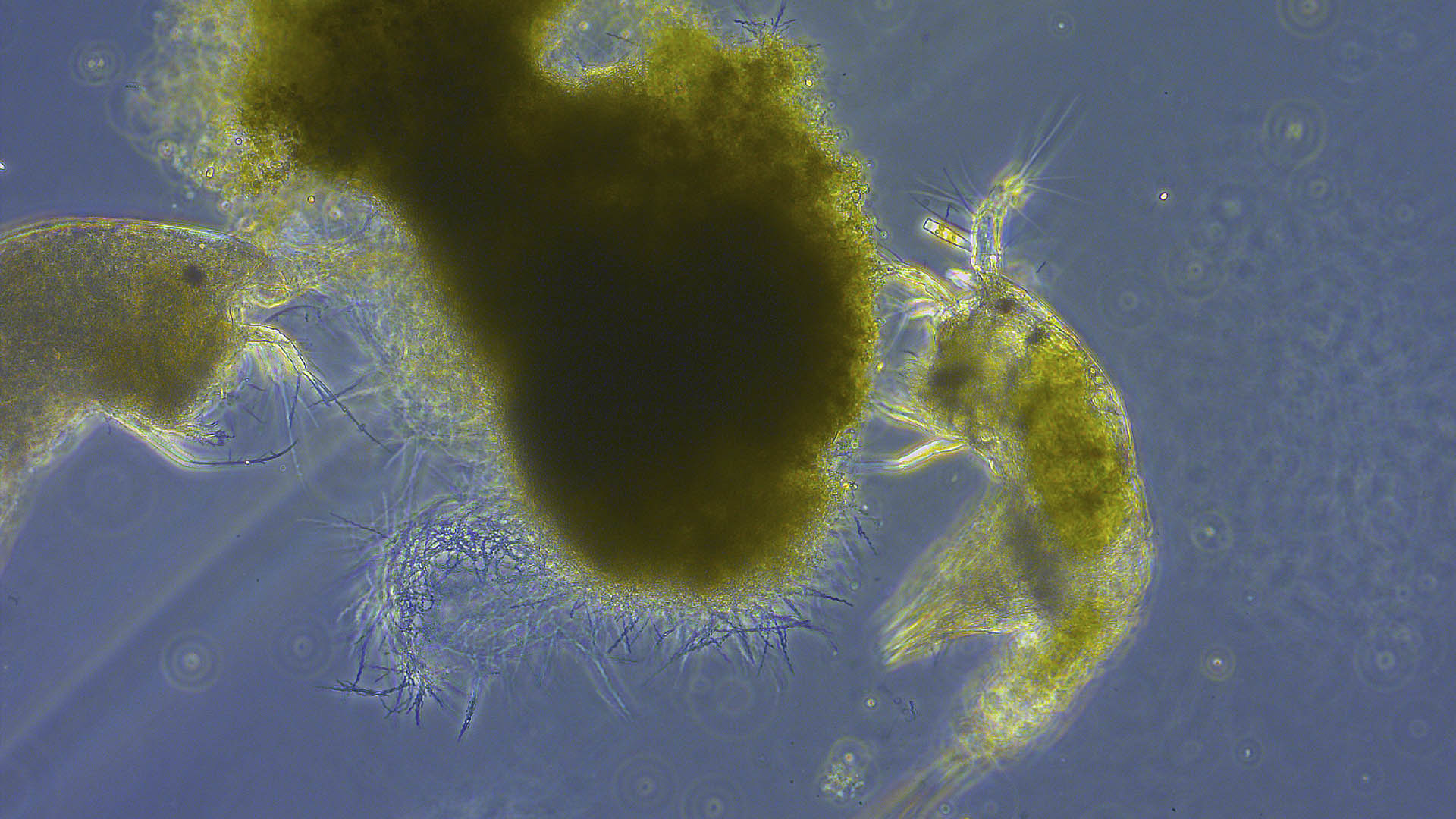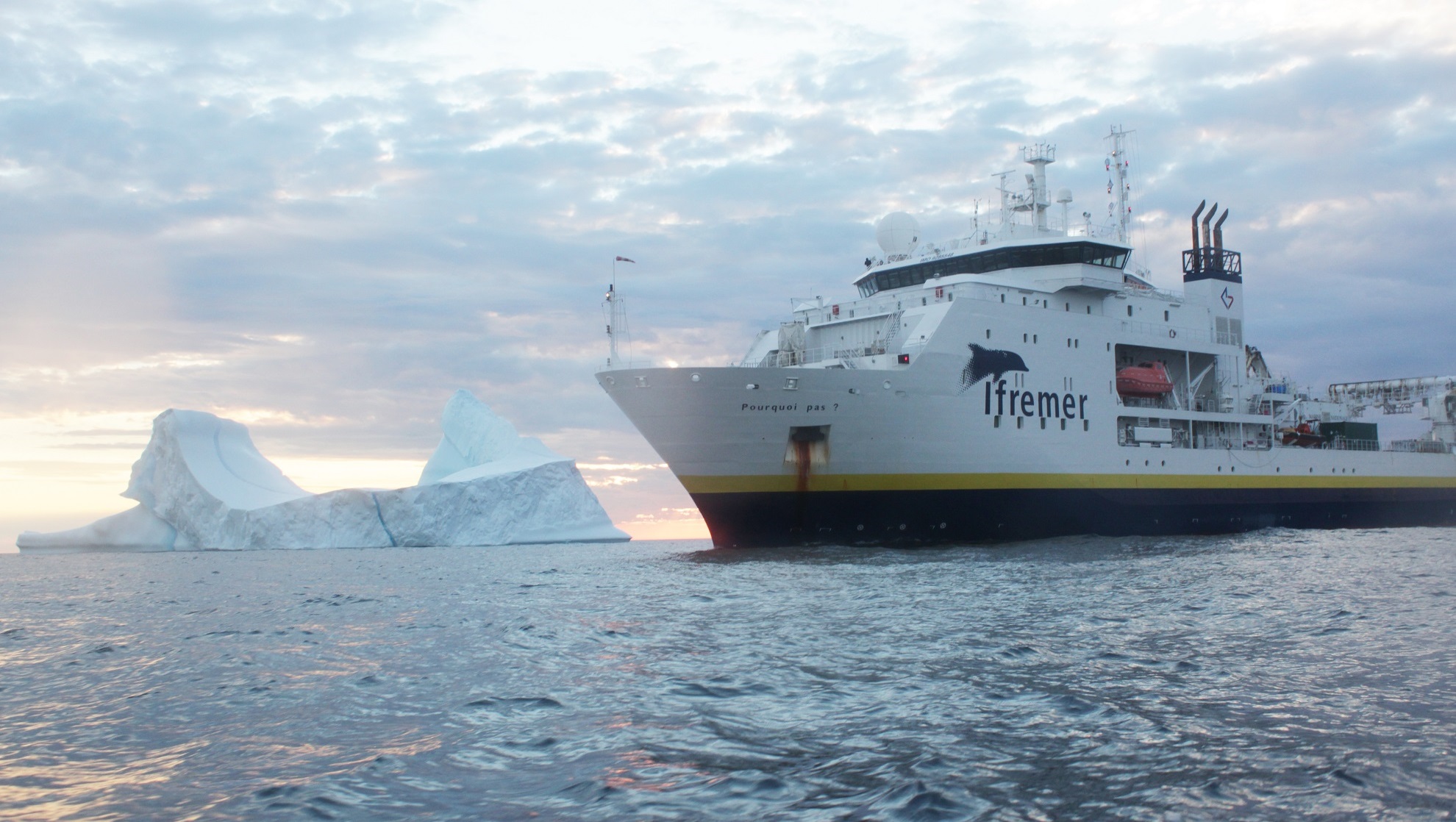Copyright : Laboratoire LEMAR- 2018
The ocean is an important climate regulator, absorbing nearly a third of anthropogenic CO2 emissions through its physical and biological carbon pumps (PBCs). Without the PBC, current atmospheric concentrations of C would be 50% higher. The strength of PBC depends on the intensity of primary production (PP), the structure of phytoplankton communities, the formation and fragmentation of large, rapidly sedimenting particles, and remineralization by zooplankton grazing or microbial loop. To address these questions, these questions are addressed by developing new advanced analytical methods and using approaches that are both multi-elementary (C, N, Si, P, trace metals), multi-tool (observation campaigns, field/laboratory experiments, tracer/proxial calibration, modelling), multi-scale (microcosms, mesocosms, basin, global…) and multi-disciplinary (physics, chemistry, biology, biogeochemistry). These different approaches are based on numerous national and international collaborations and make it possible to address the complex issue of couplings between biogeochemical cycles, ocean dynamics and ecosystem functioning at different spatial and temporal scales in relation to current and future global changes and their consequences (acidification, stratification, sea ice).
av_google_map height=’400px’ zoom=’4′ saturation=” hue=” zoom_control=’ aviaTBzoom_control’ maptype_control=” maptype_id=” streetview_control=’ aviaTBstreetview_control’ google_link=” confirm_button=’Click to load Google Maps’ page_link_text=’Open Google Maps in a new window’ google_fallback=” attachment=” attachment_size=” av_uid=” custom_class=”]
[/av_google_map]









